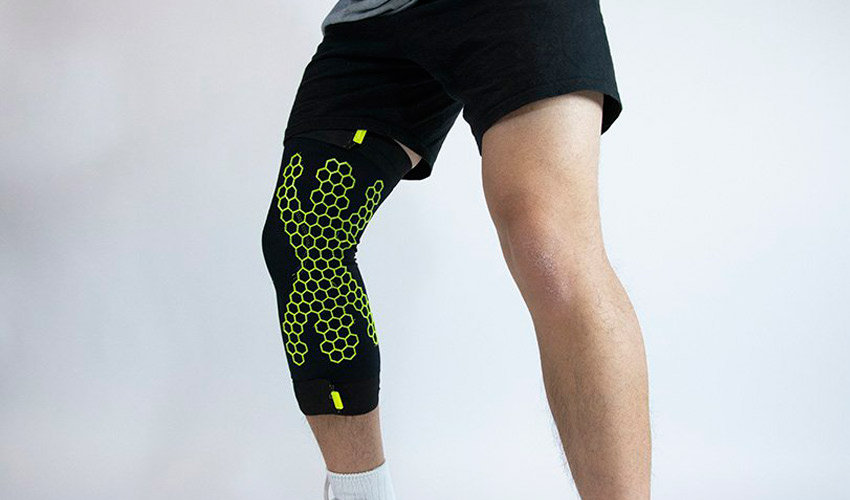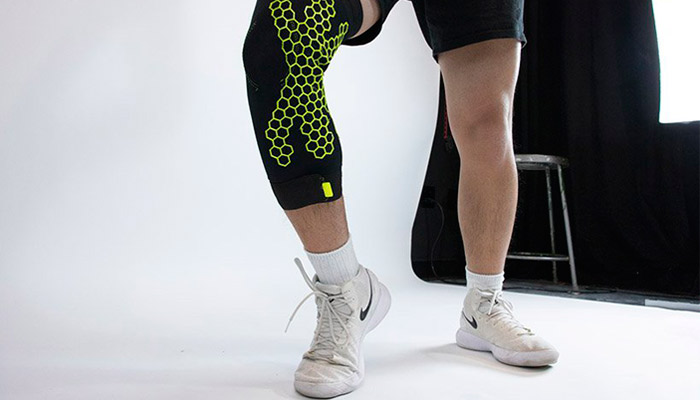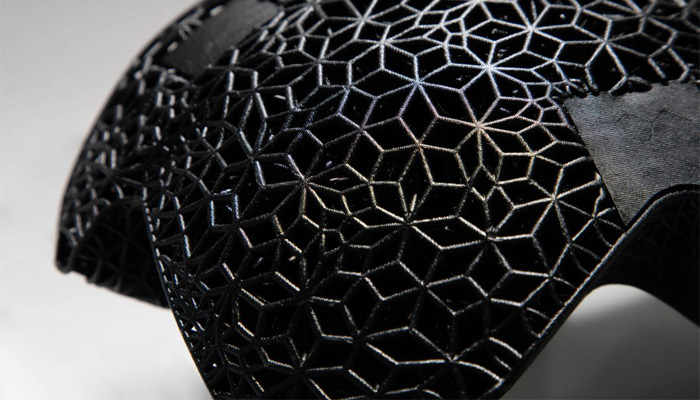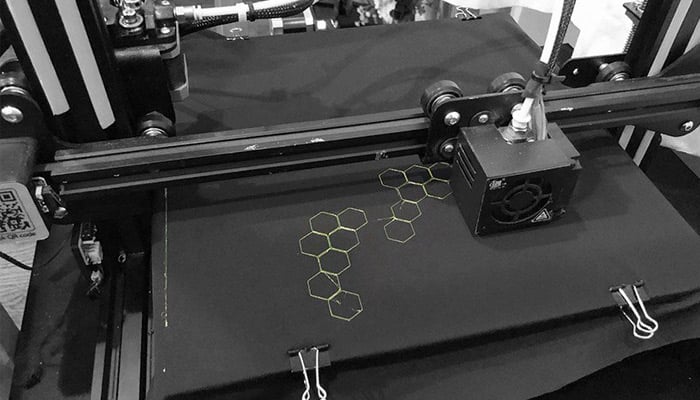Safe Landing Garment: the 3D Printed Compression Sleeve for Athletes

Designer Hubert Chen has designed a compression sleeve that integrates 3D printed patterns, called Safe Landing Garment (SLG). An accessory that athletes can wear around their knee to ensure a safe landing and reduce the risk of injury. Thanks to 3D technologies, the sleeve is adapted to the athlete’s morphology and needs and can improve performance.

Today, 3D printing is being used in all sectors of activity, whether in high-tech industries or in everyday life, at home or in the office. It can also be found in sports fields and jogging tracks: it has entered the sports industry because it can be used to customise equipment and accessories, offering more performance for athletes of all levels. Recently, for example, we told you about Riddell’s customised helmet liners for select NFL players in the 2018 season, which will be made commercially available on a limited basis starting in 2019. The company had used Carbon L1 Digital Light Synthesis Technology to make custom helmet liners from a highly damping elastomer material in the form of a lattice structure.

Too many athletes suffer injuries as a result of a bad landing, due to the shape or weakness of their ligaments. By landing after a jump, athletes can feel up to 7 times their own weight. Today, there are knee pads that reduce this impact. However, everyone has different needs depending on their morphology and movements – a single solution does not exist for everyone. By opting for these more traditional knee pads, the athletes increase the risk of a tear in their ligaments, which is why Hubert designed the Safe Landing Garment.

Printing of customisable hexagonal shapes
In order to design his safe landing garment, he consulted with specialists in anatomy and landing mechanisms to create the perfect device. He used FDM 3D printing technology to customise each compression sleeve. He printed different sizes of hexagons with flexible TPU which were then sew onto the tape. The athlete can then choose his patterns and colours and continue his activities with style. No more is known about the printing process, but it would probably have been difficult to achieve the same final result without 3D technologies.
Let us know what you think in a comment on our Facebook and Twitter pages! Don’t forget to sign up for our free weekly Newsletter, with all the latest news in 3D printing delivered straight to your inbox!






